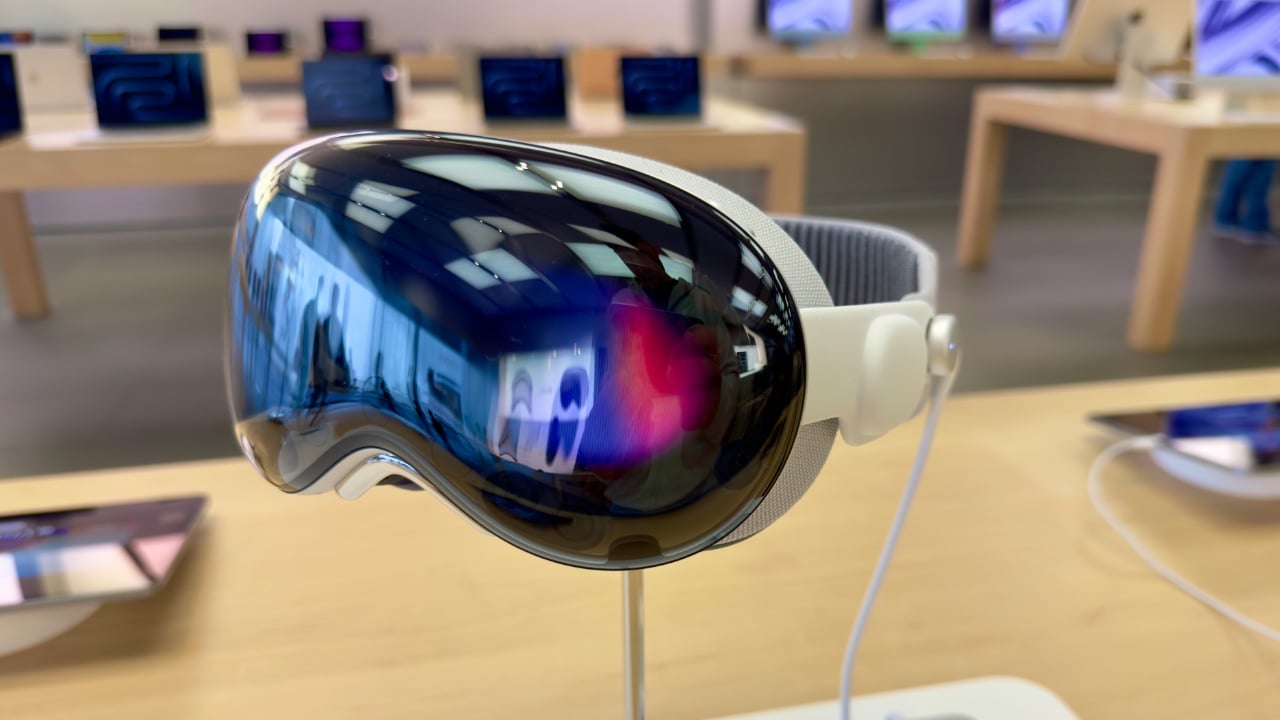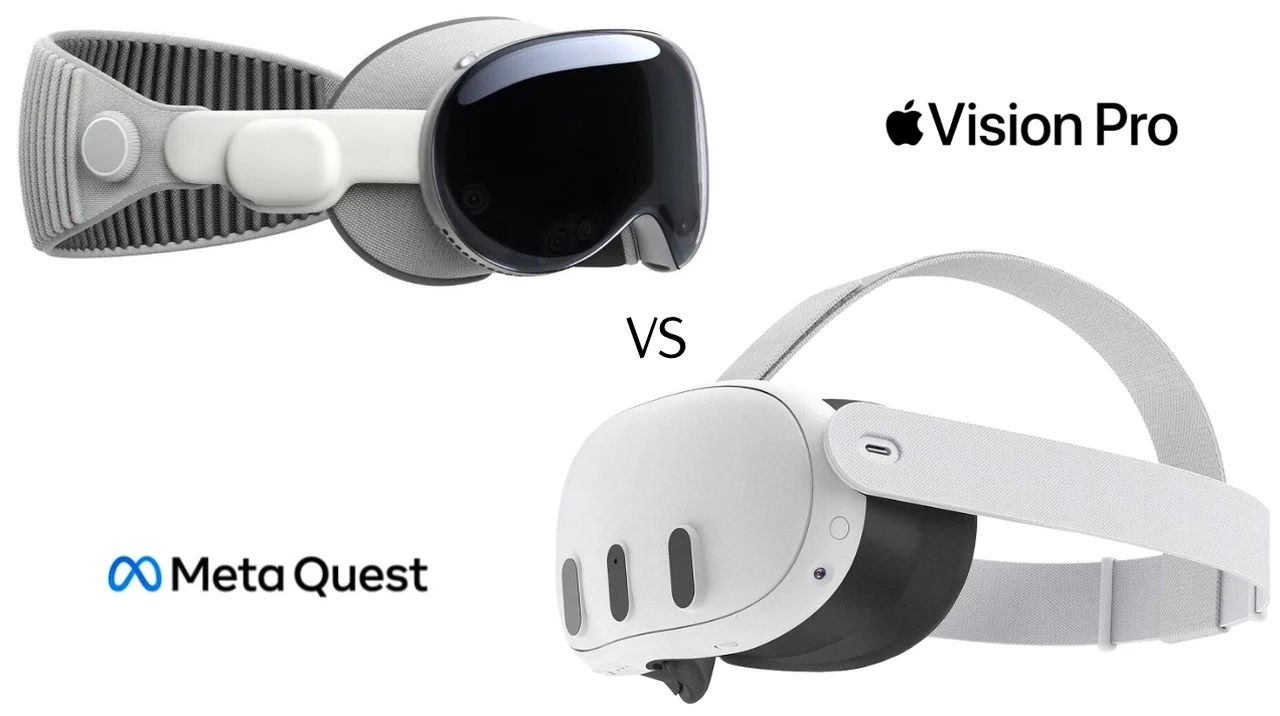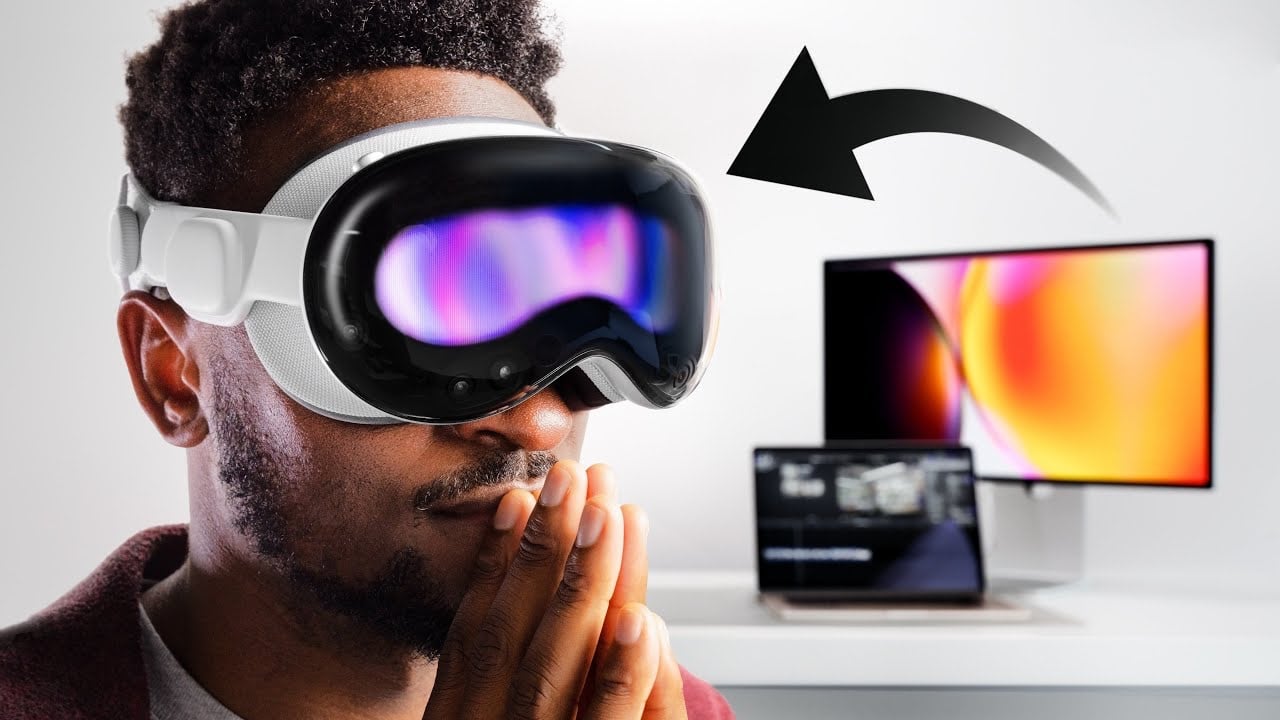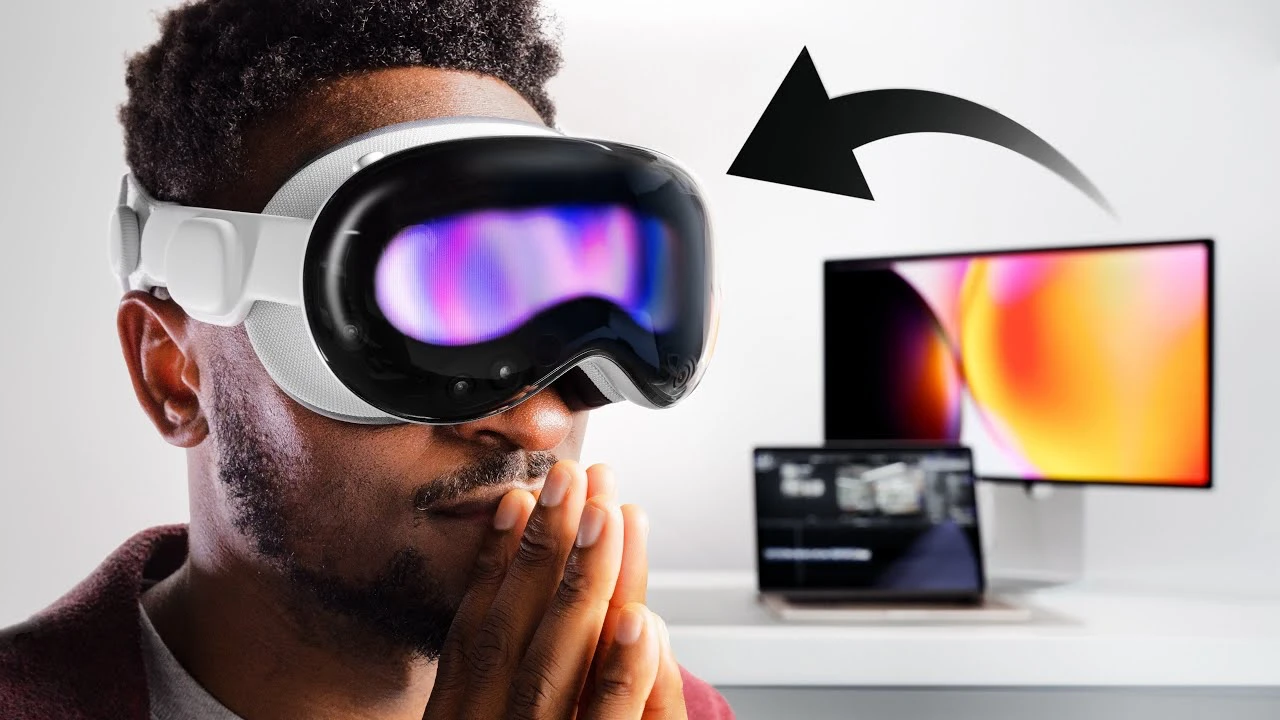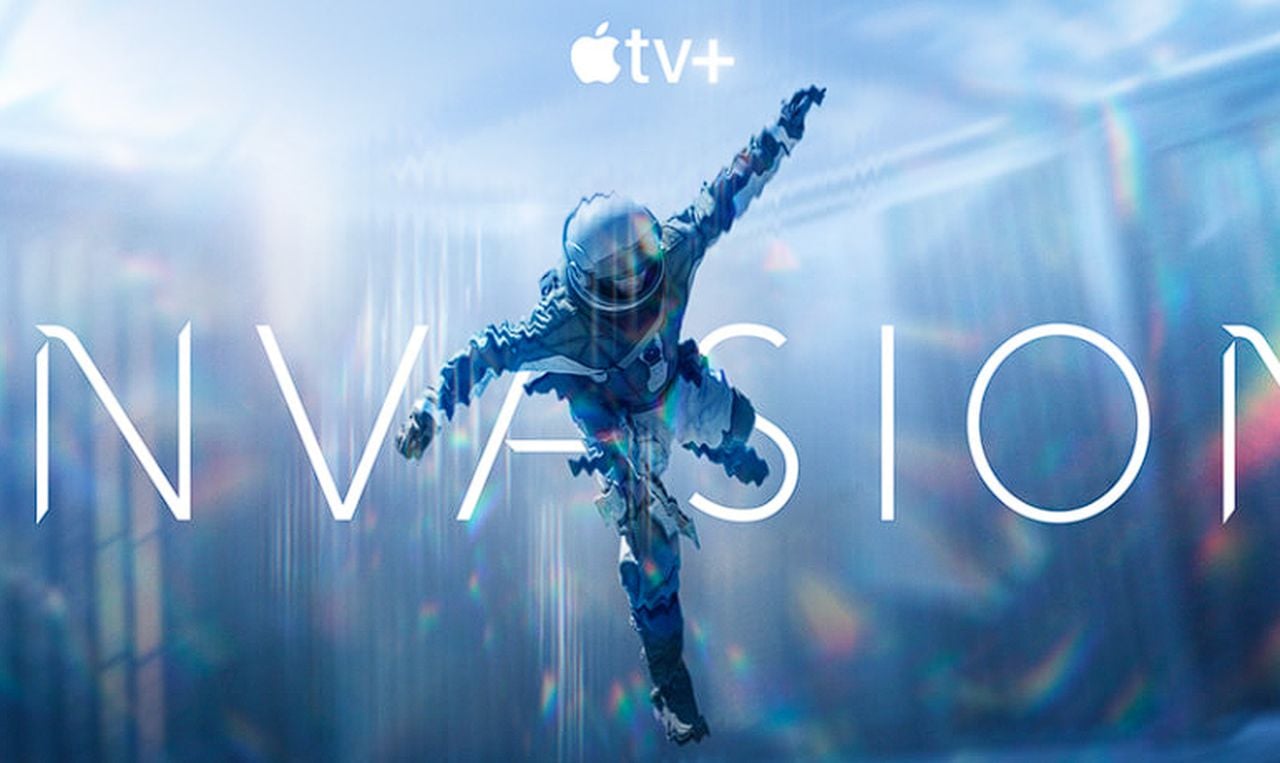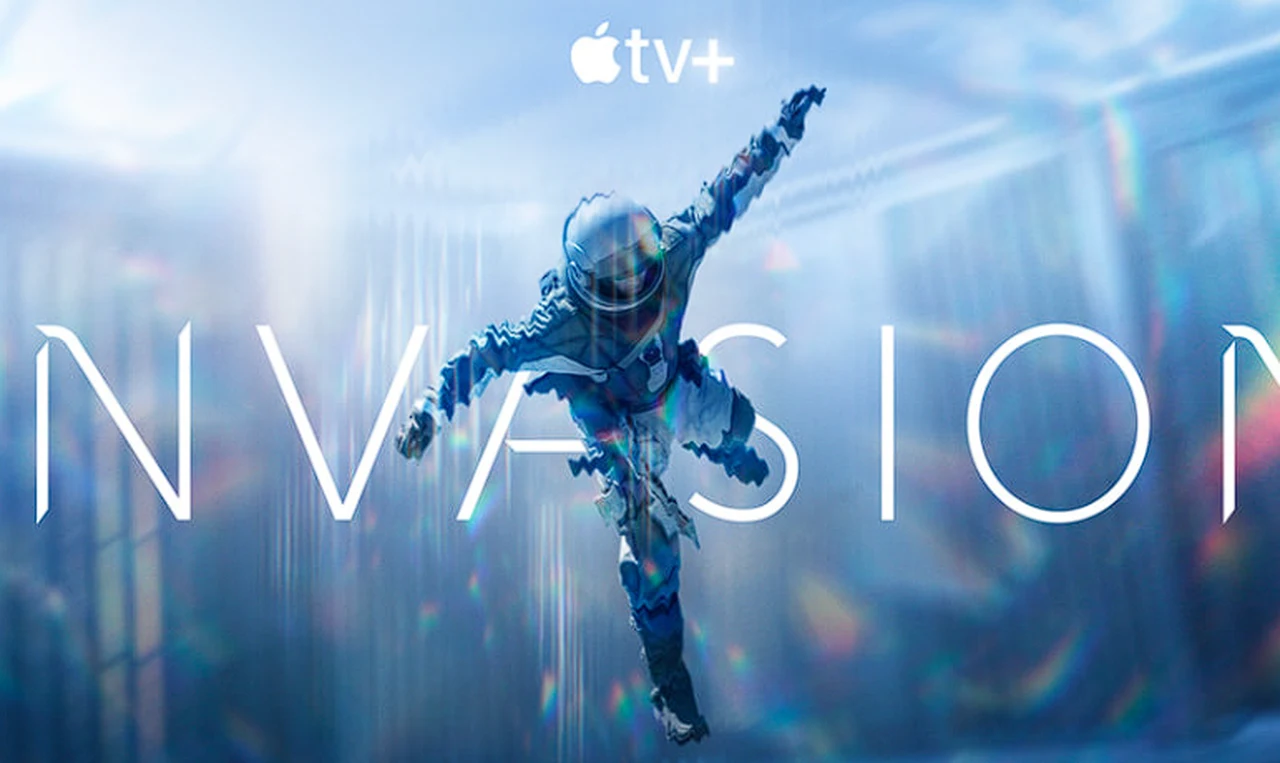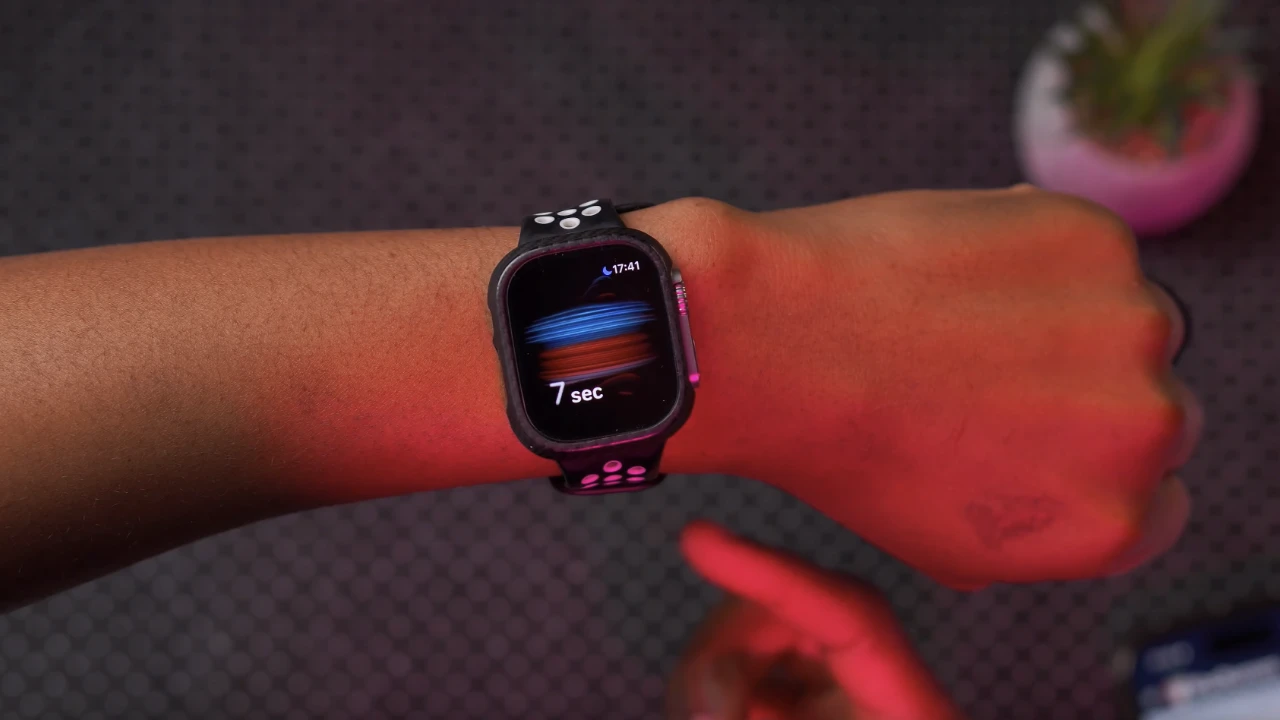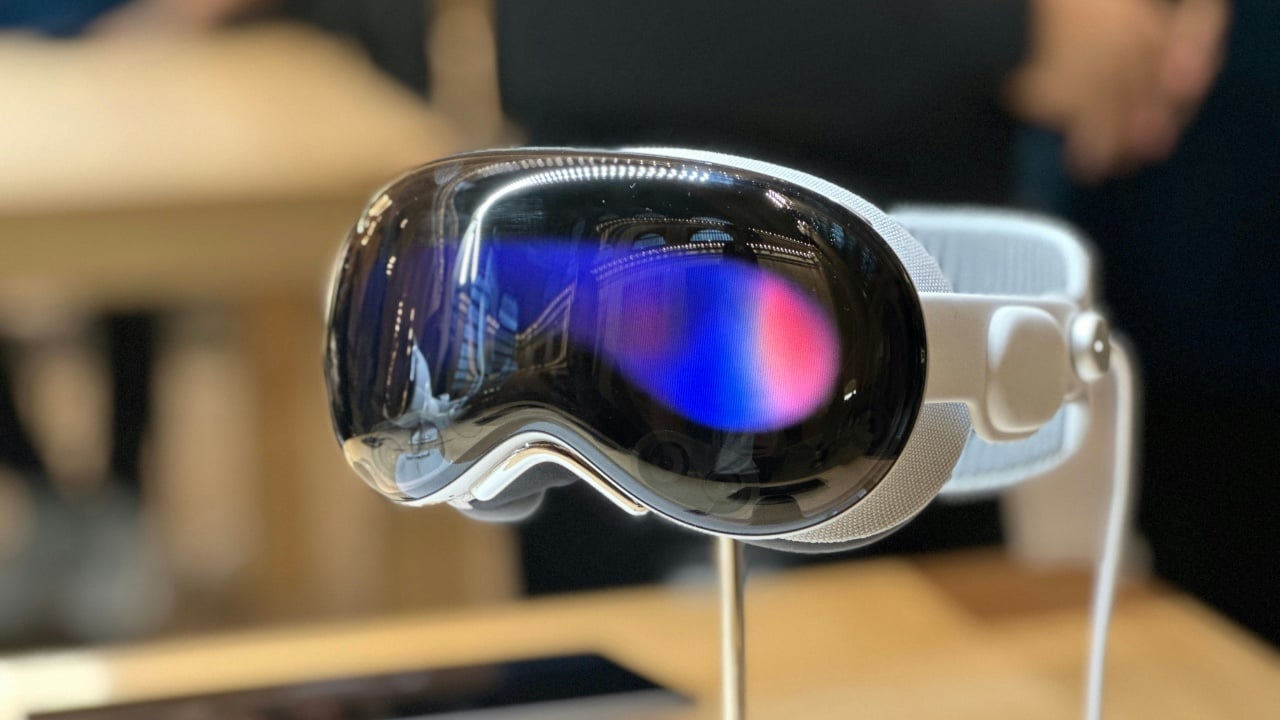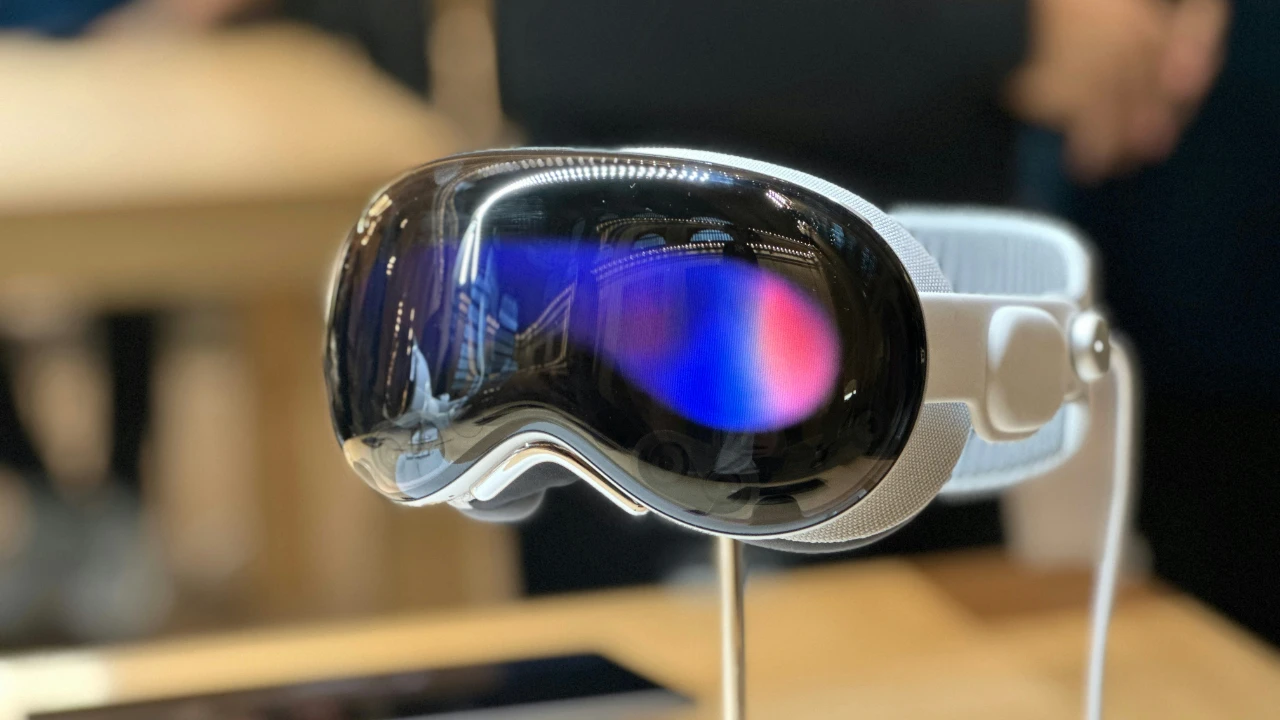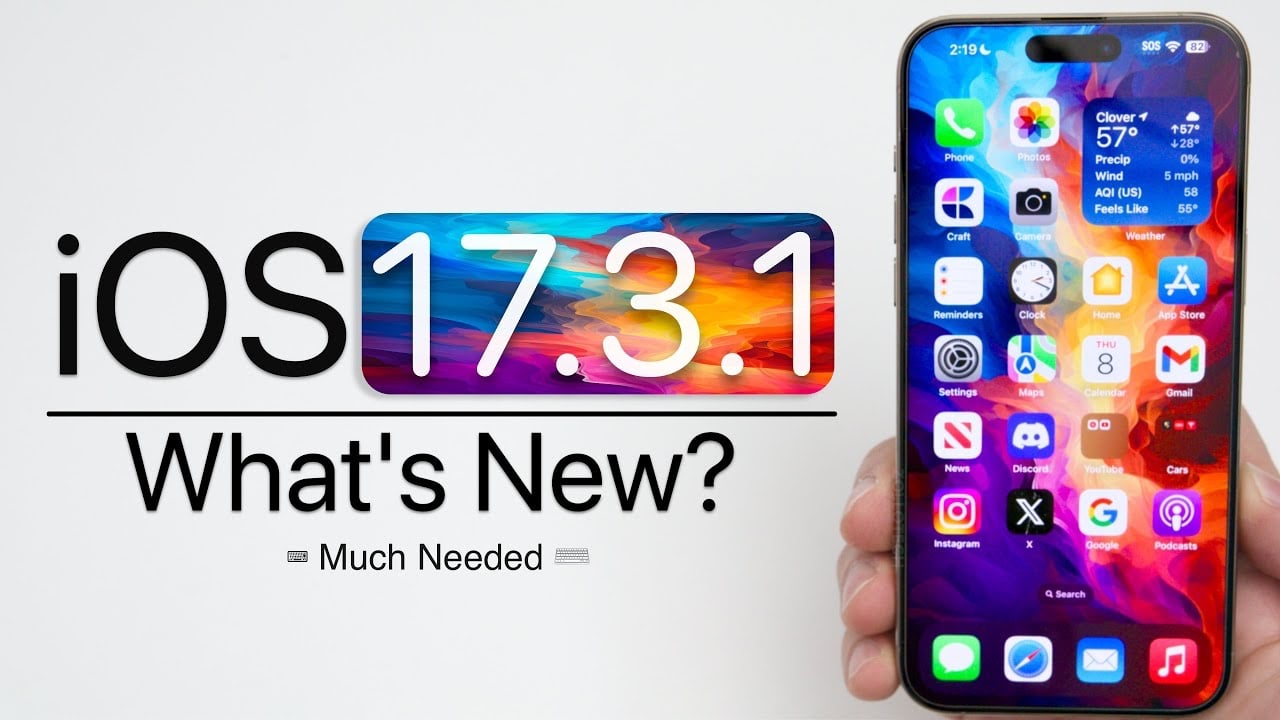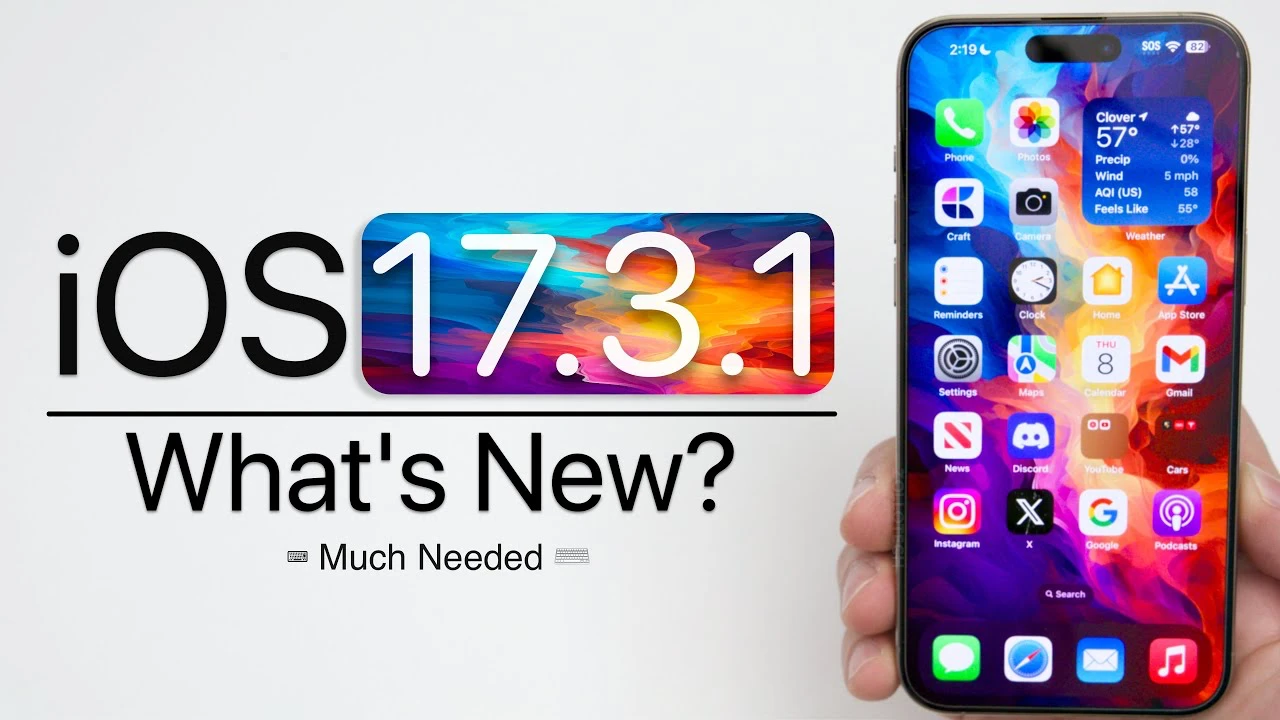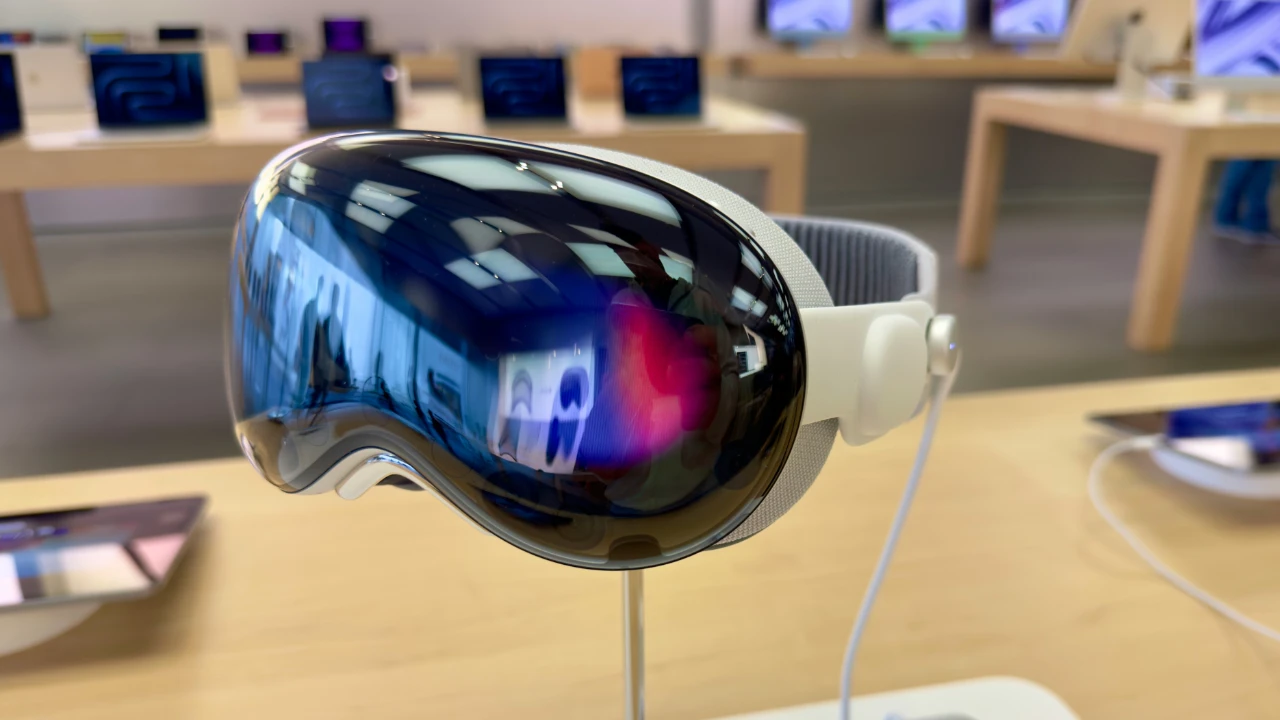
Embarking on the journey of developing apps for the Apple Vision Pro with Apple’s visionOS then we have a great video from Beyond Fireship that gives us more details on how to build apps for the platform. This exploration not only demystifies the process but also unveils the vast potential for developers in the burgeoning field of augmented reality (AR) and virtual reality (VR).
Unlocking Development Potential for Apple Vision Pro
At the outset, it’s pivotal to grasp the transformative leap the Apple Vision Pro represents in the AR and VR landscape. Unlike the initial trepidation one might feel, delving into its development ecosystem reveals an accessible and fertile ground for innovation. You’ll be pleased to know that creating applications for this platform does not necessitate owning the device, making it a less daunting endeavor than anticipated.
Navigating the VR Landscape
A cursory comparison between the Meta Quest 3 and the Apple Vision Pro might lead one to appreciate the nuanced differences and similarities. Experiencing VR firsthand introduces developers to the intricate dynamics of VR headsets, which, despite their niche appeal, have significantly advanced. This comparison underscores the importance of firsthand experience in understanding the unique value each platform offers to developers and users alike.
Seizing Development Opportunities
The early stages of the Vision OS ecosystem are reminiscent of the nascent days of iOS development, brimming with opportunities for profitability and innovation. This phase offers a rare chance for developers to make their mark in a developing ecosystem, potentially replicating the success stories written during the early iOS era.
Crafting a Basic 3D App
Guidance is provided on creating a straightforward app that leverages animated GIFs from the internet, incorporating 3D elements to familiarize oneself with Swift, SwiftUI, and RealityKit. This tutorial serves as a practical introduction to developing on the Apple Vision Pro, demonstrating the seamless integration of 3D models and interactive elements using RealityKit.
Choosing Between Meta Quest 3 and Apple Vision Pro
From a developer’s vantage point, choosing between the Meta Quest 3 and Apple Vision Pro involves weighing considerations such as hardware quality, ecosystem robustness, content availability, and the strategic implications of developing for an open versus closed system. This choice significantly impacts the direction of development efforts and the potential reach of the applications developed.
Embarking on a Practical Coding Journey
The article delves into detailed coding instructions for constructing the app, including fetching data from an API, integrating 3D models, and enhancing interactivity with RealityKit. These instructions aim to simplify complex processes, making them accessible to developers at varying skill levels.
As you progress, the ease of developing for Apple’s visionOS becomes apparent, encouraging further exploration and creation within this innovative platform. The invitation to suggest future tutorial topics opens a dialogue with the community, fostering a collaborative environment for shared learning and discovery.
Source & Image Credit: Beyond Fireship
Image Credit: Mylo Kaye
Filed Under: Apple, Guides
Latest timeswonderful Deals
Disclosure: Some of our articles include affiliate links. If you buy something through one of these links, timeswonderful may earn an affiliate commission. Learn about our Disclosure Policy.

